Five new entries in the top ten this week as we enter the third week of the Advanced Materials Top 40.


Five new entries in the top ten this week as we enter the third week of the Advanced Materials Top 40.
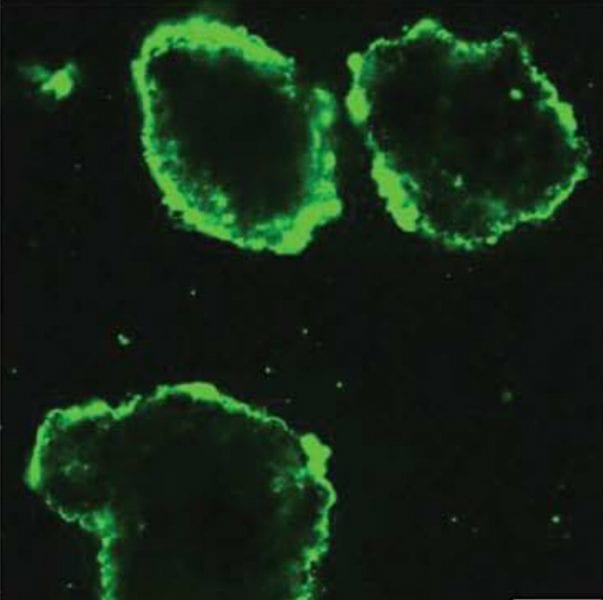
American researchers report new coating to improve promising treatment for Type 1 diabetes.
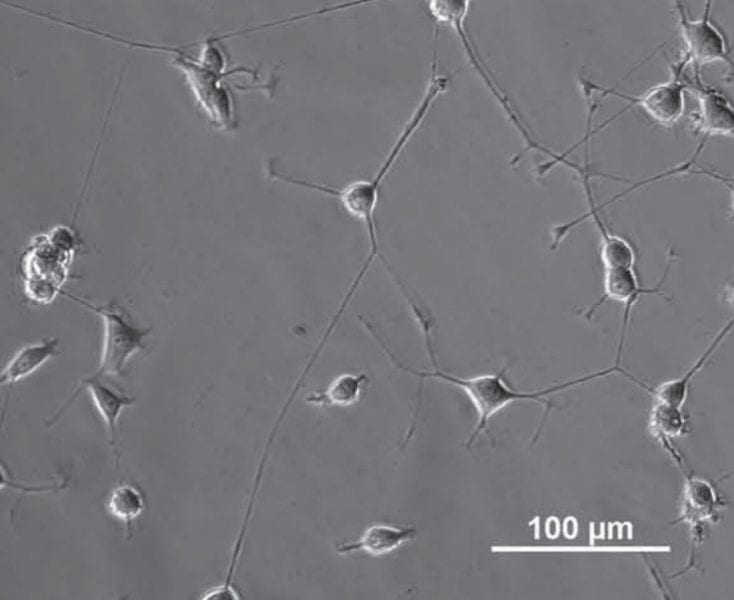
New platform shows promise in the advancement of tissue engineering and drug delivery

Many new entries in the Top 40 most-read papers in Advanced Materials last week, including work on graphene, organic and oxide semiconductors, plasmonics, and nanostructures.
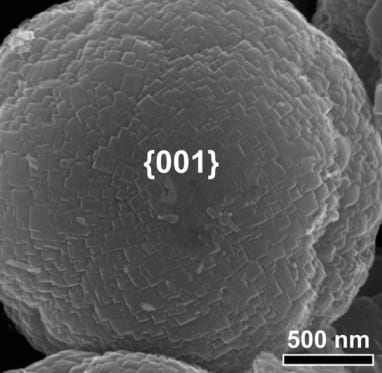
An international research team have designed and developed a method for synthesizing photocatalysts with tunable heteroatom distribution.
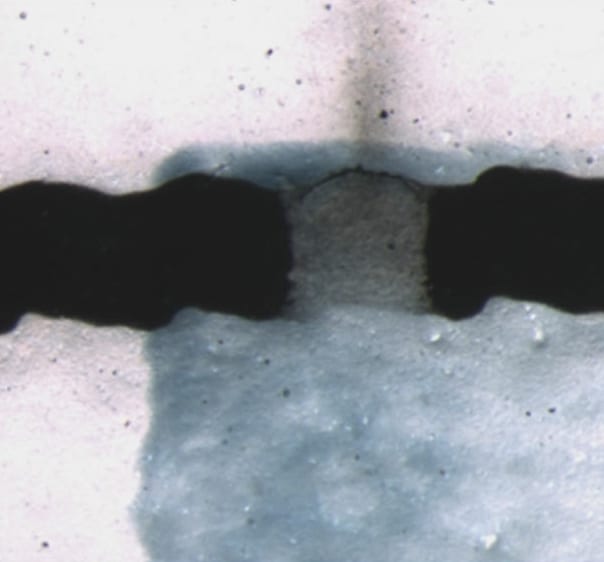
A European research team has made a breakthrough in the printing of organic electronics.

Monica Craciun’s communication on graphene-based conductors tops the charts in the first Advanced Materials Top 40.
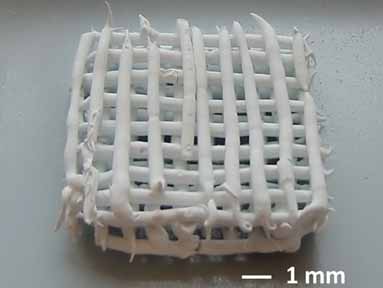
Scientists from Italy and the USA present an innovative processing method for the fabrication of 3D scaffolds for bone tissue engineering using either fused deposition or conventional hot extrusion.
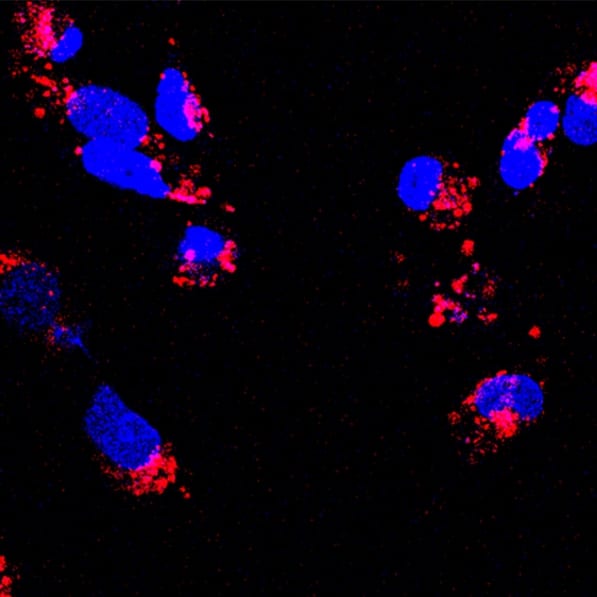
Researchers for the University of California, Irvine, have developed a new drug-delivery system using protein-based nanoparticles.

Dutch researchers present a new theoretical model to explain the better than expected power conversion efficiencies reported for organic solar cells.